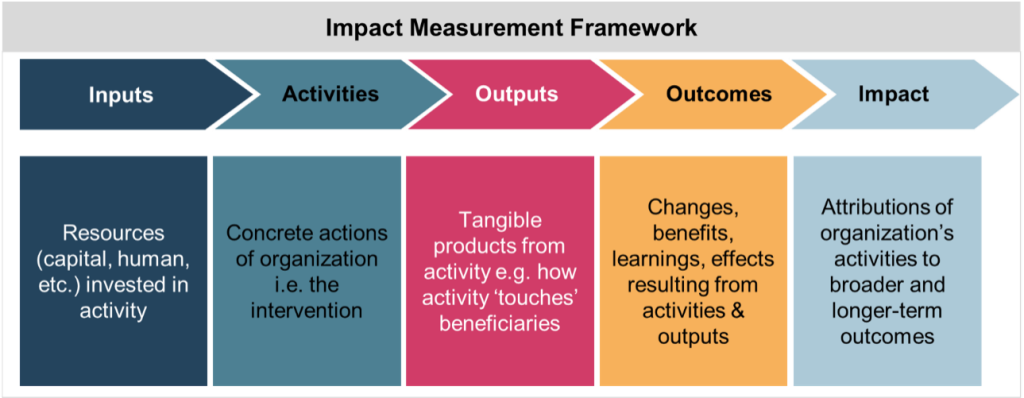2.3 Tracking and Measuring Progress
To know whether and how we are achieving the goals of the 50 – 30 Challenge and building belonging in our organizations, we need to measure and track our progress. Without that understanding, there is no clear way of knowing how we are working towards our vision and strategy.
1. Use data to assess gaps and report on a regular basis (at least on a semi-annual basis)
- Identify data that you need to gather (e.g. organizational level, retention, engagement, turnover, self-identification, etc.)
- Gather data required to conduct gap analysis
- Analyze representation at the leadership and board levels – it is important for employees to feel seen and represented in their leadership (both in values and in intersectional identities)
- Go to Section 2.3a in this tool, the Guide to Sustaining Organizational Change, to learn more about collection and management of self-identification data
2. Build ownership and assign accountability
- Who (or which team) is the owner of different initiatives? What activities are being done to work towards that long-term goal?
- How is performance tied to equity and inclusion?
- Build ownership for leaders and board members to move this strategy and vision forward by tying leader and board roles and responsibilities to specific parts of this strategy and tracking progress in moving these goals forward through their performance evaluations
3. Tie the data you are collecting to strategic initiatives to track progress

